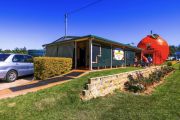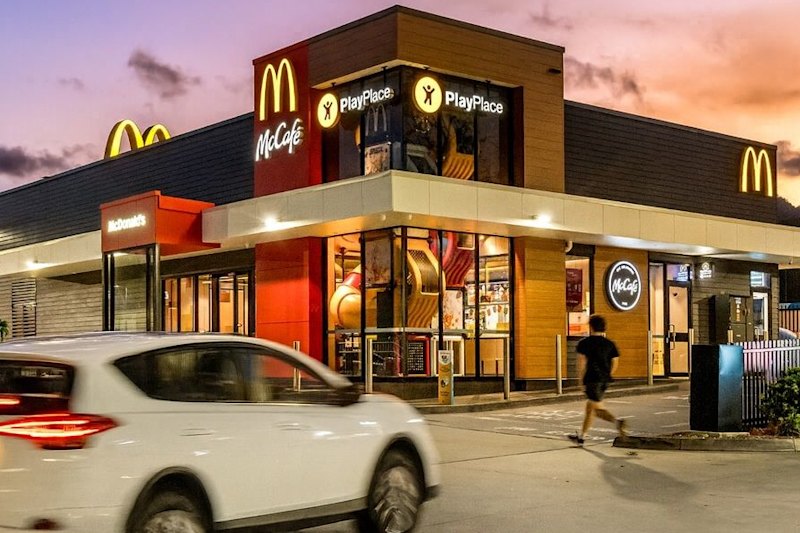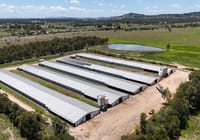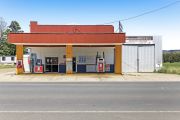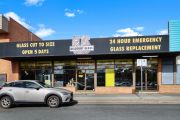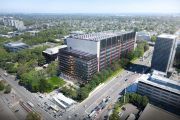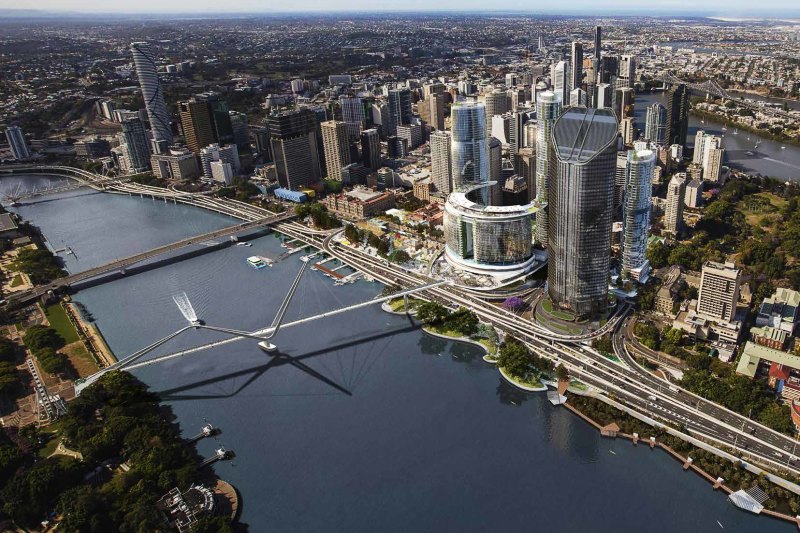
How the ‘buzz’ in Brisbane is bucking a national trend
Transformational developments are poised to further strengthen Brisbane’s booming office market where city workers have bucked the national work-from-home trend.
Short and sharp lockdowns during the COVID-19 pandemic protected the city’s central hub from abandonment, while the looming completion of major projects has industry experts bracing for continued investments.

Brisbane’s vacancy rate was further squeezed from 11.7 per cent to 9.5 per cent from January to July, according to the Property Council’s Office Market Report, the lowest in more than a decade.
This compares with 11.6 per cent in Sydney, 17.5 per cent in Adelaide and 15.5 per cent in Perth.
The desertion of workers from Melbourne’s CBD led to office vacancies rising from 16.6 per cent to 18 per cent.
Carmel Hourigan, who oversees Charter Hall’s office portfolio, said Brisbane was the major property group’s strongest investment market.
Underpinning its strength was the boost to Brisbane’s workforce from Queensland’s rapid population growth, and the almost completed $3.6 billion Queen’s Wharf development and the city’s train tunnel project, Cross River Rail.
“There’s a lot of government spending going on in that market, and that is supporting general economic growth and white-collar employment growth,” Ms Hourigan told The Australian Financial Review.
“There’s also been a lack of new supply coming onto that market for some time combined with solid economic growth, growth in [small and medium-sized enterprises], and flight to quality post-COVID.
“The market wasn’t locked down to the extent that some of the other markets were, so it really wasn’t as impacted as, say, Melbourne and even Sydney.”
The gap in the working trend was also stark in recent data from JLL, which showed Brisbane’s vacancy rate had trimmed to 10.3 per cent in the June quarter while Melbourne’s rose to 19.6 per cent – the highest since 1995.
New towers in the Victorian capital led to tenants abandoning ageing buildings. There is no new stock expected this year in Brisbane, further crunching the market’s availability.
The interstate reluctance to return to the city prompted NSW Premier Chris Minns to enforce a return-to-work order for the public service.
Though his Queensland counterpart, Steven Miles, refused to follow suit, industry figures have predicted the completion of Queen’s Wharf on the Brisbane River may serve as an unofficial back-to-work mandate for those yet to ditch the tracksuit pants and home office.
Ms Hourigan said the dozens of new cafes, bars and restaurants would be welcomed by the thousands of public servants based in the adjacent Queensland government headquarters at One William Street who have been stuck next to an enormous construction site for many years.
“There’s been a lot of construction activity around that Queen’s Wharf area and other infrastructure projects, and it can be quite disruptive for the flow of people in the CBD,” she said.
“It’s going to be an exciting time, and then you think about leading into the Olympics [in 2032], how much activity and building up of that precinct – there will be a buzz in Brisbane.”
Morgans Tynan Partners investment adviser Max Tynan agreed, saying the city’s post-pandemic energy had been complemented by new hotspots such as restaurant Supernormal and the transformation of the three-level hospitality hub Naldham House.
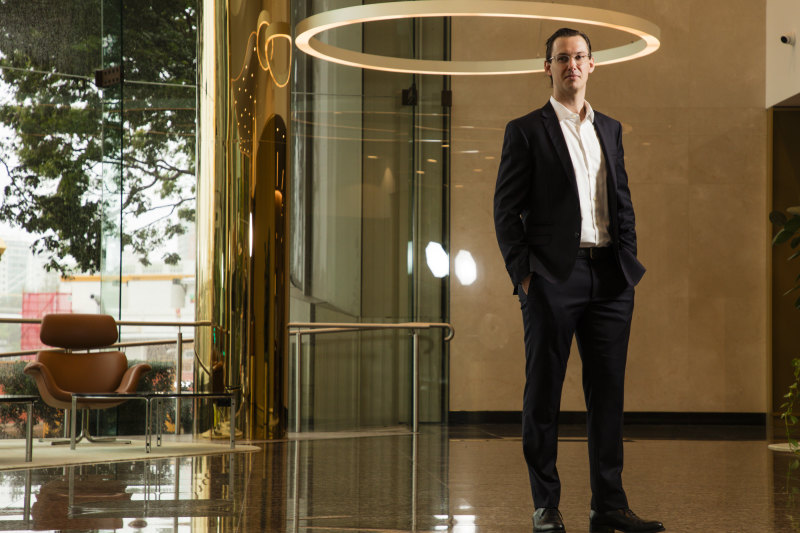
His office was forced to work from home for almost two months in the depths of the pandemic, but an office dynamic was far more productive for the daily bustle of the finance sector, he said.
“When there’s volatility with markets, it’s invaluable being in a room full of people and being able to share ideas quickly,” Mr Tynan said.
“Having your dealers’ assistant there that you can just turn around and find out how things are going is just a much more productive environment.
“There’s also a social aspect to it as well – I’ve got a lot of friends who work in town and every other day you bump into one of them in the street and grab a coffee.”
Property Council Queensland executive director Jess Caire said the unprecedented attention and investments in the state would continue to grow.
“In order to convert that interest into investment, we need to ensure that the settings here in Queensland are competitive – particularly the tax settings,” she said.
“Ensuring that Queensland is the most competitive market in Australia will help attract, retain and maintain the investment – without addressing the key barriers we risk missing out on a generational opportunity.”

